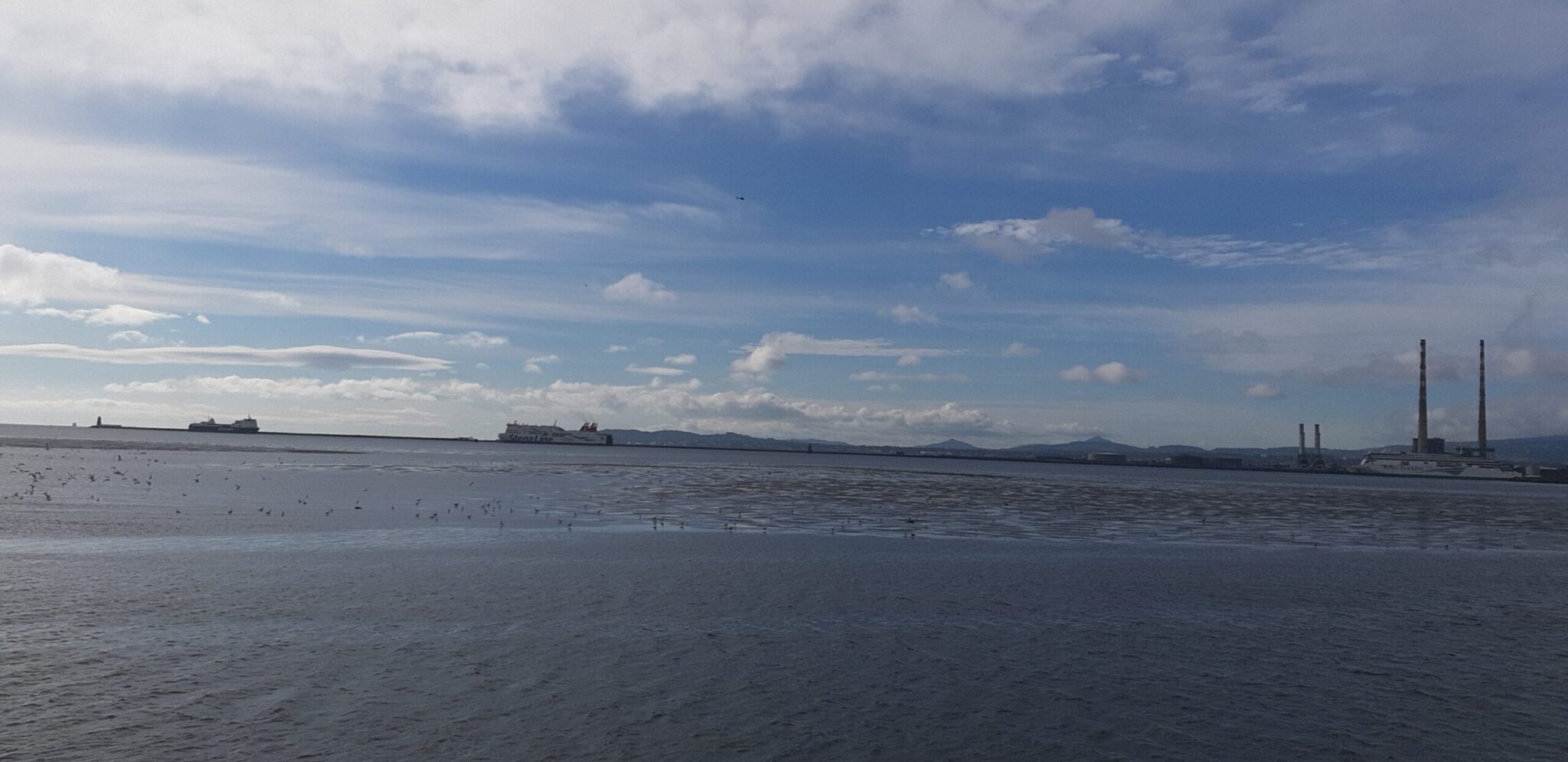Deutsches Eck – A place to watch the world go by
At this time of year in 1990 and ‘91 I visited Germany for a short holiday before returning to college. Koblenz was where I came across the German Corner or Deutsches Eck. Here the Rhine and Moselle converge. Koblenz is one of Germany’s oldest and most beautiful towns and it owes its name to the meeting point of the Rhine and the Moselle – from “Castellum apud Confluentes”, Latin for “fort at the confluence”, which became the current name of Koblenz.
The river Rhine has always interested me when studying environmental science, not least because of the 1986 fire at a Sandoz Ltd. storehouse at Schweizerhalle, Switzerland, resulted in chemical contamination of the river. The storehouse, contained pesticides, solvents, dyes, and various raw and intermediate materials. The majority of the approximately 1,250 t of stored chemicals was destroyed in the fire, but large quantities were introduced into the Rhine River through runoff of the fire-fighting water. The chemicals discharged into the Rhine caused massive kills of benthic organisms and fish, particularly eels and salmonids.
The pollution incident in 1986 reversed 10 years of work to clean up the Rhine. It had been so grossly polluted by industrial expansion in France, Germany and Switzerland that fish disappeared and it was too dangerous to swim in.
The environmental disaster meant all plants processing Rhine water for drinking were shut down. Fishing in the river was also banned. Sluices and locks were closed to stop polluted water seeping into estuaries, streams and underground water courses.
In 2001, the Rhine ministers adopted “Rhine 2020 – a Programme on the sustainable Development of the Rhine”. In the EU states, “Rhine 2020” is mainly conducted through the implementation of the EC Water Framework Directive. Today, 9 main and 47 subsidiary monitoring stations from the Alps to the North Sea continuously monitor the water quality for more than 100 substances. Since 2015, several micro-pollutants, including pharmaceuticals are also monitored. Monitoring of water, suspended matter and fish is done to determine the long term trends. Every six years, joint comprehensive biological surveys of the fish fauna of the Rhine, of the macro zoobenthos, the phytobenthos, macrophytes and of plankton are carried out and analysed.
I’m reminded of the German Corner today as I see the transport vessels entering and leaving Dublin Port – as they do many times per day and on a daily basis. The point where the Rhine and Moselle meet, is a place to watch vessels travelling on the Rhine. Waterways are an incredibly important means of transporting goods to and from places. About 6,900 vessels, representing a transport capacity of 10 million tonnes, of which 1,200 are pushed barges, 4,400 motor cargo vessels and 1,300 tankers travel on the river Rhine. Rivers are critical avenues for goods movement. However, their health is of even greater importance and this requires appropriate monitoring programmes to protect them.

